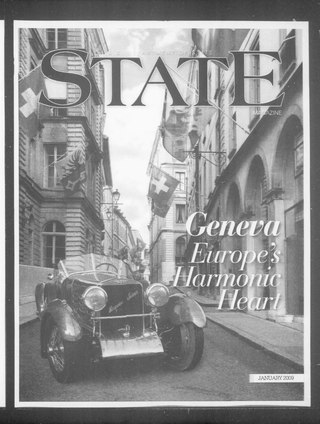
A magazine is a periodical publication, generally published on a regular schedule, containing a variety of content. They are generally financed by advertising, purchase price, prepaid subscriptions, or by a combination of the three.
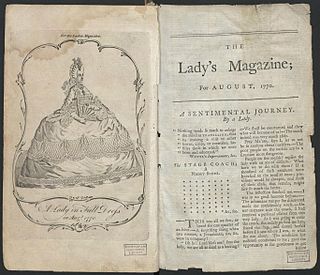
The Lady's Magazine; or Entertaining Companion for the Fair Sex, Appropriated Solely to Their Use and Amusement, was an early British women's magazine published monthly from 1770 until 1847. Priced at sixpence per copy, it began publication in August 1770 by the London bookseller John Coote and the publisher John Wheble. It featured articles on fiction, poetry, fashion, music, and social gossip and was, according to the Victoria and Albert Museum, "the first woman's magazine to enjoy lasting success."
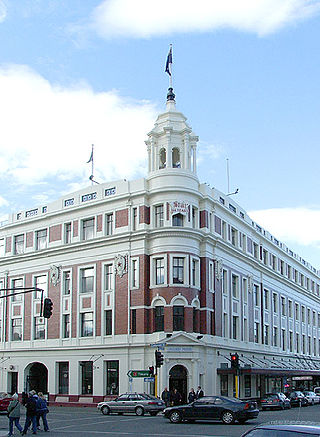
The Otago Daily Times (ODT) is a newspaper published by Allied Press Ltd in Dunedin, New Zealand. The ODT is one of the country's four main daily newspapers, serving the southern South Island with a circulation of around 26,000 and a combined print and digital annual audience of 304,000. Founded in 1861 it is New Zealand's oldest surviving daily newspaper – Christchurch's The Press, six months older, was a weekly paper until March 1863.

A partwork is a written publication released as a series of planned magazine-like issues over a period of time. Issues are typically released on a weekly, fortnightly or monthly basis, and often a completed set is designed to form a reference work on a particular topic.
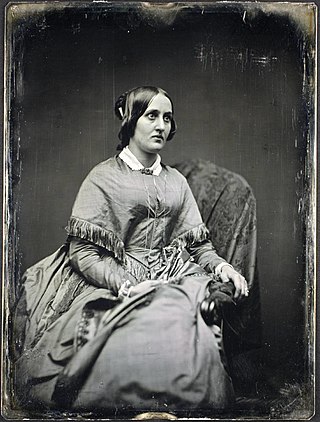
Sara Jane Lippincott was an American writer, poet, correspondent, lecturer, and newspaper founder. One of the first women to gain access into the Congressional press galleries, she used her questions to advocate for social reform and women's rights.

The Geelong Advertiser is a daily newspaper circulating in Geelong, Victoria, Australia, the Bellarine Peninsula, and surrounding areas. First published on 21 November 1840, the Geelong Advertiser is the oldest newspaper title in Victoria and the second-oldest in Australia. The newspaper is currently owned by News Corp. It was the Pacific Area Newspaper Publishers Association 2009 Newspaper of the Year.

In printing and publishing, proofs are the preliminary versions of publications meant for review by authors, editors, and proofreaders, often with extra-wide margins. Galley proofs may be uncut and unbound, or in some cases electronically transmitted. They are created for proofreading and copyediting purposes, but may also be used for promotional and review purposes.
The English Woman's Journal was a periodical dealing primarily with female employment and equality issues. It was established in 1858 by Barbara Bodichon, Matilda Mary Hays and Bessie Rayner Parkes. Published monthly between March 1858 and August 1864, it cost 1 shilling. After 1860 the Journal was published by Victoria Press in London, which was run by Emily Faithfull (1835–1895). She employed women workers, contrary to current practice in that period.
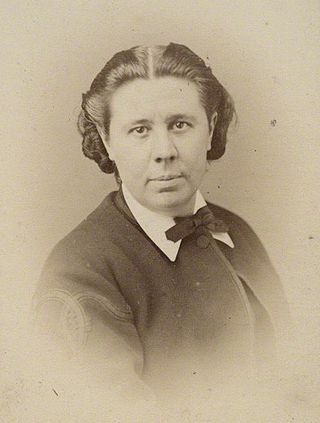
Emily Faithfull was an English women's rights activist who set up the Victoria Press to publish the English Woman's Journal.
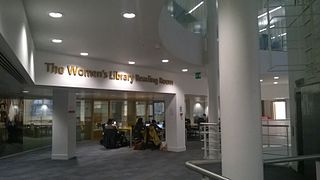
The Women's Library is England's main library and museum resource on women and the women's movement, concentrating on Britain in the 19th and 20th centuries. It has an institutional history as a coherent collection dating back to the mid-1920s, although its "core" collection dates from a library established by Ruth Cavendish Bentinck in 1909. Since 2013, the library has been in the custody of the London School of Economics and Political Science (LSE), which manages the collection as part of the British Library of Political and Economic Science in a dedicated area known as the Women's Library.

Riverside Insights is a United States publisher of clinical and educational standardized tests in the United States; it is headquartered in Itasca, Illinois. It is a charter member of the Association of Test Publishers.
The Register, originally the South Australian Gazette and Colonial Register, and later South Australian Register, was South Australia's first newspaper. It was first published in London in June 1836, moved to Adelaide in 1837, and folded into The Advertiser almost a century later in February 1931.

The Licensing of the Press Act 1662 was an Act of the Parliament of England with the long title An Act for preventing the frequent Abuses in printing seditious treasonable and unlicensed Books and Pamphlets and for regulating of Printing and Printing Presses. Having expired in 1695, it was officially repealed by the Statute Law Revision Act 1863, which repealed a large set of superseded acts.
Wilfrid Meynell, who sometimes wrote under the pseudonym John Oldcastle, was a British newspaper publisher and editor.
It can not be said with certainty where the first printing press was set up in Bangladesh. It is conjectured that the first printing press in Bangladesh was in Rangpur during 1847, about 335 kilometres (208 mi) away from Dhaka. The first printed piece from this printing press was a weekly newspaper named Rangapur Bartabaha in August 1847. In addition the first two Bengali weekly newspapers were from Rangpur. Printing machines took more than sixty years to reach East Bengal or Dhaka from Kolkata. The first English weekly newspaper, The Dacca News, was printed and published from Dhaka in 1856. So, it is assumed that after nine years of Rangpur press, the first printing machine of Dhaka was established and the press was named 'Bangla Press'.
Mary Katharine Goddard was an early American publisher, and the postmaster of the Baltimore Post Office from 1775 to 1789. She was the older sister of William Goddard, also a publisher and printer. She was the second printer to print the Declaration of Independence. Her copy, the Goddard Broadside, was commissioned by Congress in 1777, and was the first to include the names of the signatories. In 1998, Goddard was inducted into the Maryland Women's Hall of Fame.
The Society for Promoting the Employment of Women (SPEW) was one of the earliest British women's organisations.
The Langham Place group was a women's club founded in England in 1858, including Helen Blackburn, a women's rights advocate who later served as editor of The Englishwoman's Review. The group was named after the address, 19 Langham Place, which was for a decade from the late 1850s also the office of the English Woman's Journal.
The Women's Printing Society was a British publishing house founded in either 1874 or 1876 by Emma Paterson and Emily Faithfull with the company being officially incorporated as a cooperative in 1878.

Austin Holyoake was a printer, publisher, and freethinker. The younger brother and partner of the more widely known George Jacob Holyoake, Austin Holyoake was himself a significant figure in nineteenth century secularism.












